Trends and Challenges
We are in a phase of maturity in the irregular asset sector, which is conditioned by two fundamental factors: on the one hand, caution in the face of a possible rise in default and increasingly restrictive regulation, which affects both the medium-term expectations of banks and the appetite of institutional investors and, on the other hand, the disparity at a geographical level between real estate supply and demand, putting pressure on sale and purchase prices, rental housing stock, and the capacity for development in large communities while the stock stagnates in the rest of the territory.
In this context, establishing transparent, flexible, and scalable relationships among the different layers that make up the sector is the first step towards tackling the main challenge when it comes to managing irregular assets: aligning the expectations of optimising asset holders’ balance sheets with the capacities of companies linked to arrear recovery, real estate management and development, and the asset marketing.
To this end, service companies must be able to provide differential value to asset holders, either by offering specialised services that facilitate the outsourcing of functions or through comprehensive and simplified management of the value chain, which, in an environment of increasingly narrow margins, involves a commitment to digitalising the operational model in order to maintain profitability.
Industry Transformation
From the Asset Management area, we have advised the main entities in the sector since its origins, participating in its transformation along different lines of action:
- Establishing commercial systems and new business models to accelerate divestment/protect value.
- Establishing advanced models for segmentation, portfolio structuring, and balance sheet planning with an end-to-end view of the asset life cycle (management itineraries).
- Portfolio advisory in the purchase and sale of portfolios.
- Analysing and defining an outsourcing strategy according to the entity’s momentum.
- Advising on management contracts (negotiation strategy, business plan, definition of services, procurement process, and perimeter analysis) both from the bidder’s and the supplier’s point of view.
- Maximising profitability through efficiency in operations and supplier networks.
- Integrating ESG practices in the corporate strategy and adapting the risk management, internal control, and audit models.
- Optimising the technological model that supports the business and its scalability.
“They assisted us in the selection and evaluation of the planning tool, providing technical knowledge on how to manage this type of project.”
Leading Company in the Insurance Sector
Head of Controlling
“Full availability and collaboration in the continuous search for efficiencies and increased productivity.”
Leading Company in the Banking Sector
Management
“The Axis Corporate, part of Accenture team has stood out in our company’s BFC implementation project for its expertise, proactive attitude, and commitment, all oriented towards providing solutions to the needs raised.”
Leading Company in the Energy Sector
Project managers
“They offer their methods, bring order to the follow-up of the project commitments, and provide training in the Process Engineer function.”
Leading Company in the Banking Sector
BPE Senior Manager
“Axis Corporate, part of Accenture has a team of highly qualified professionals who have been able to integrate into the company’s structure quite quickly, which has allowed us to draw up a very accurate report on the company’s qualities and challenges.”
Leading Company in the Real Estate Sector
Adjunct Management
“We simply would not have been able to move the project forward without their advising.”
Leading Company in the Automotive Sector
“Maximum involvement in achieving the objectives and adapting to the changes that occurred throughout the collaboration.”
Leading Company in the Banking Sector
“Working with the Axis Corporate, part of Accenture team has allowed me to complement the comprehensive vision of the project. We have proactively moved towards a model of continuous improvement in our development.”
Leading Company in the Real Estate Sector
“The Axis Corporate, part of Accenture team has been key to this project in guiding the Business Areas in adapting their processes to the corporate tool, facilitating the transition, and making the processes more efficient on both sides of the ‘Equation’.”
Leading Company in the Banking Sector
“A very helpful team with a huge capacity for management and innovation.”
Leading Company in the Insurance Sector
“The team gives off a sense of total reliability and expertise so that you feel well-accompanied and advised, and they have the capacity to adapt to and align with the style and culture of the organisation.”
Leading Company in the Banking Sector
“Involvement, professionalism, quality.”
Leading Company in the Real Estate Sector
“Great professionalism, which lends a sense of security. The ability to advise us, taking into account what needs to be done along with the type of entity we are, is highly valued.”Leading Company in the Insurance Sector
“The Axis Corporate, part of Accenture team took on a complex challenge, both in terms of content and deadlines, and resolved it in an exemplary manner, meeting all the requirements.”
Leading Company in the Real Estate Sector
“A dedicated team focused on providing solutions.”
Leading Company in the Banking Sector
“High value contribution with quality, innovative solutions.”
Leading Company in the Banking Sector
Get in touch














